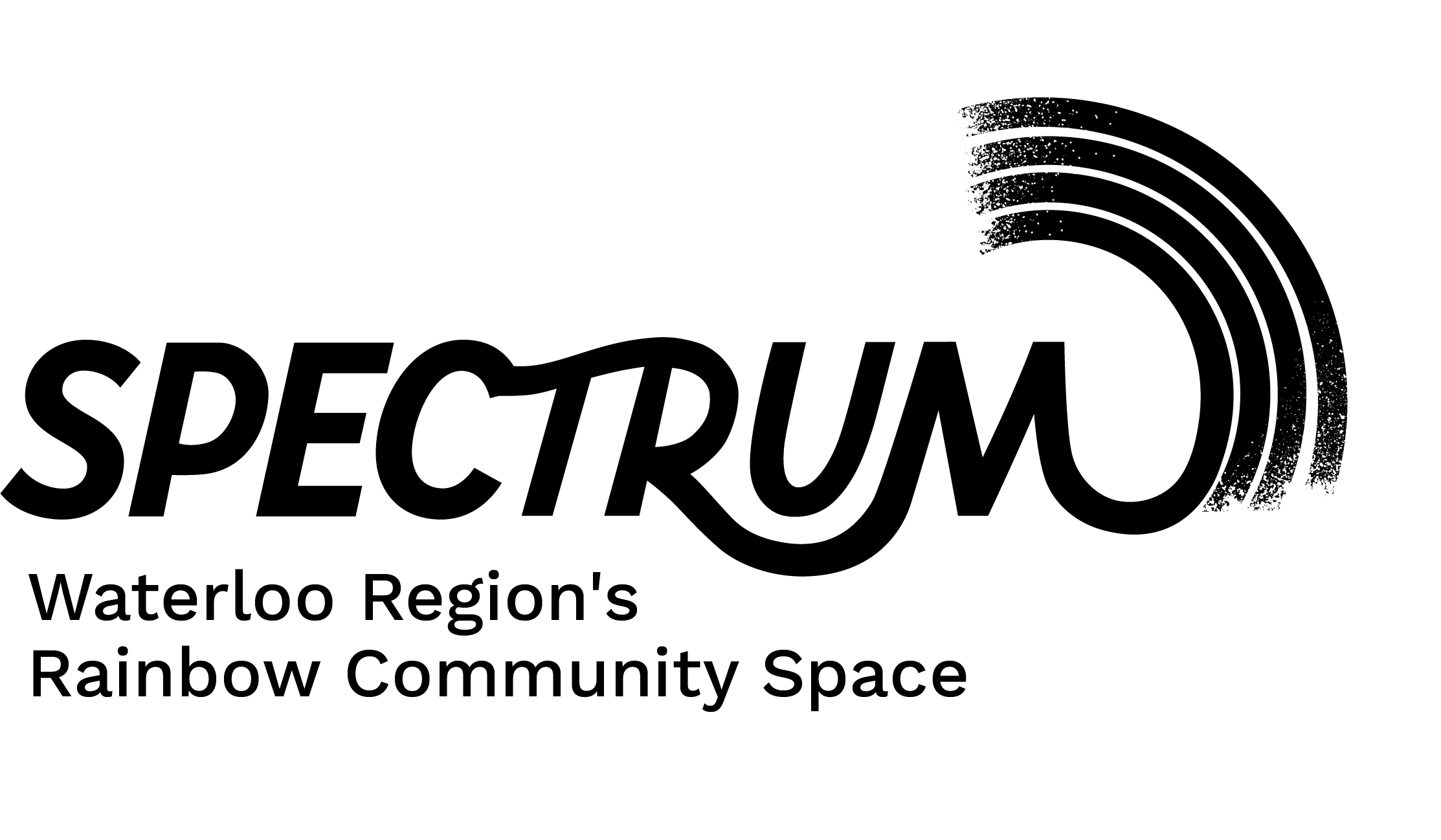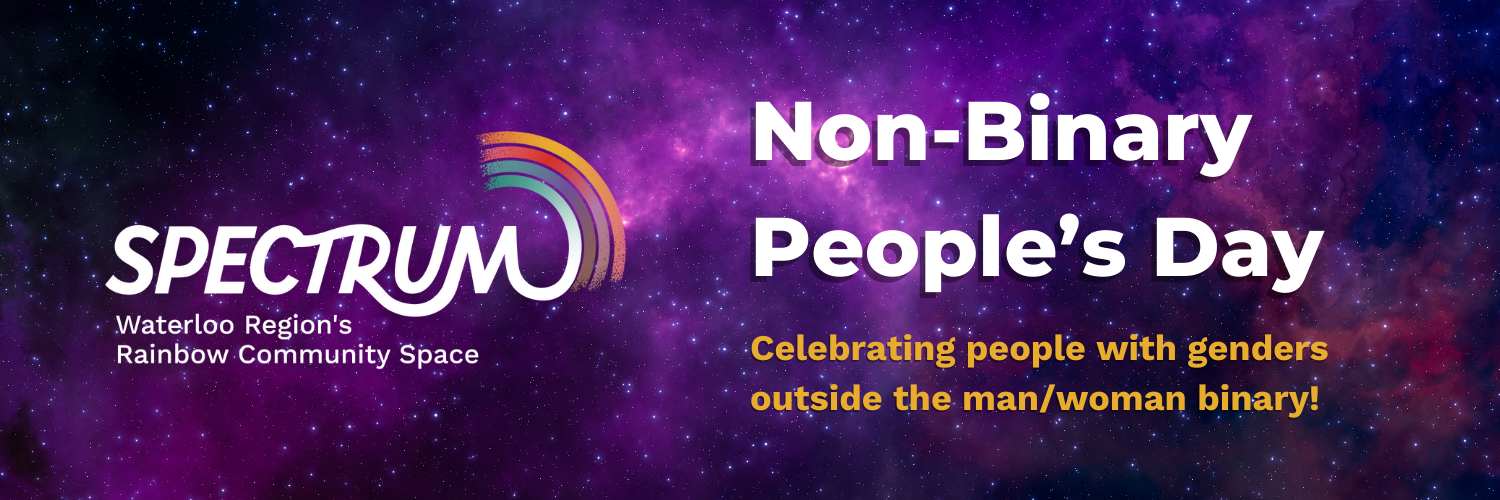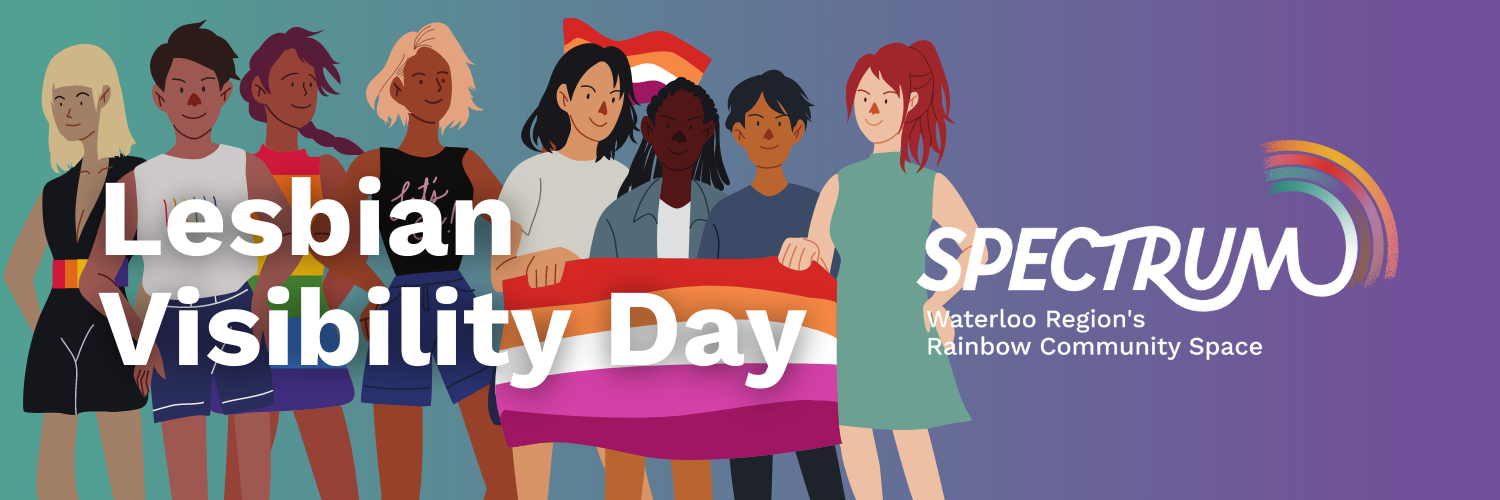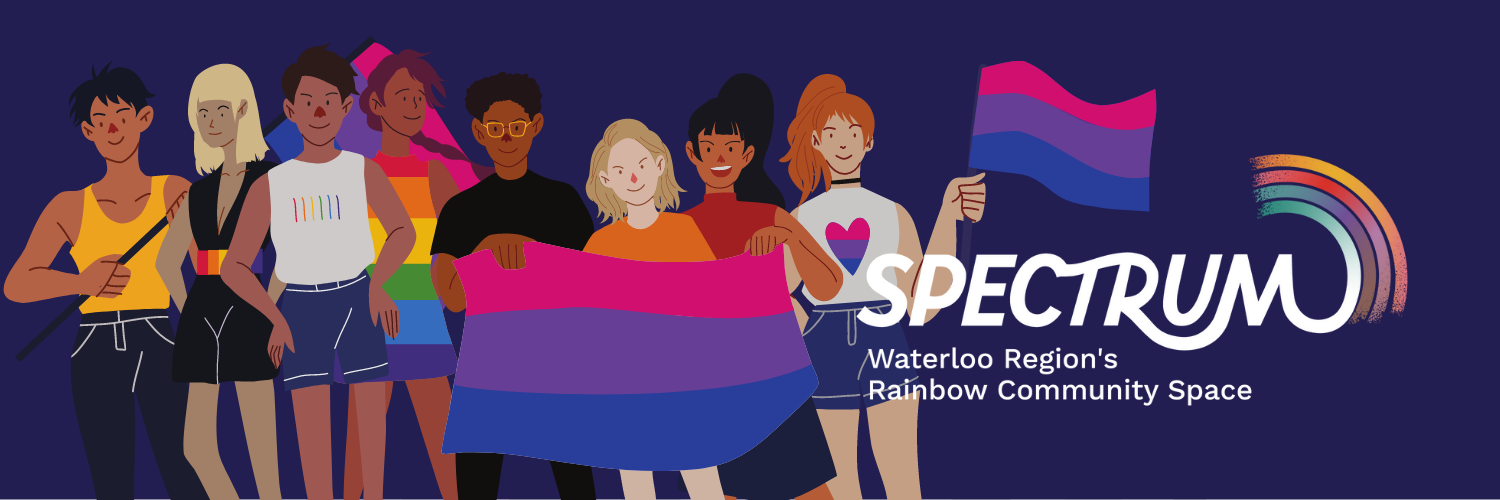This guest post was written by Cassidy Rae Proctor.
I recognized my reflection before I knew it was mine, in the pages of a beat up paperback on a library shelf.
As a child, I all but lived at the public library in my small town. I learned to read with Peter and Jane, watched borrowed VHS copies of Disney classics, and was a dedicated overachiever each year in the summer reading club. The moment I became a teen, anxious and looking for both a creative outlet and a sense of responsibility, I became an active and enthusiastic part of the library advisory group for young adults. And the week after I finished my final college exams, I began a career in public libraries that today has nearly reached the five year mark. My love for the library hasn’t changed over the years, but I have.
I first read Tamora Pierce’s Alanna: The First Adventure when I was around eleven years old. I had never found a character I identified as strongly with as Alanna of Trebond, a young girl disguising herself as a boy to become a knight. I had read books with fantastic female heroines before, but Alanna was different: as her story went on, it became clear to both me and her that she was a girl, but also kind of a boy, and also kind of both and neither. The idea of identity being personal and complicated, and that being yourself can be the thing that takes the greatest strength, resonated with me in a way I wouldn’t begin to understand for more than a decade.
My journey to discovering myself would be a winding one that I would do my best to ignore for many years to come, but in a small town library, on an old shelf labeled JUVENILE FICTION, a little kid caught a glimpse of themselves for the first time.
The world and I have both changed since I was a kid, but the power of a community space that enthusiastically welcomes everyone, and provides free access to stories that allow people of all ages and backgrounds to feel seen, encouraged, educated and validated has remained, and continues to make public libraries an essential space and resource for our community.




